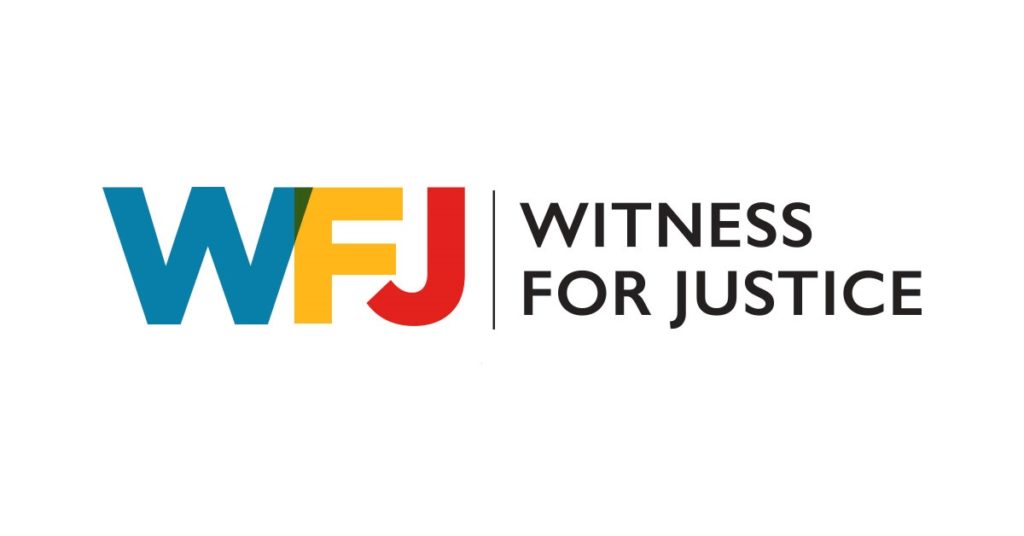“Bullets and Tanks Won’t Solve It”
Last week, one year had passed since the Russian invasion of Ukraine took place. The war is now in its second year and there do not seem to be any promising diplomatic efforts underway to end the fighting. In the meantime, hundreds of thousands of people have been killed and millions have been displaced. The impact has been felt throughout Europe, the Middle East, and beyond, particularly in places that depend on grain and fuel imports from Russia and Ukraine.
According to the State Department, the US has committed more than $32 billion in “security assistance” to Ukraine in the last 14 months, which includes a long list of weaponry such as tanks, anti-aircraft and anti-armor systems, unmanned aerial systems, artillery, ammunition, mortars, rockets, missiles, and other matériel. This massive military aid has provided a huge boost to US defense contractors. The US already exports arms to almost 100 countries, making up roughly 37% of the global arms market, and nearly half of those exports are to the Middle East. This is in addition to military aid, much of which is required to be spent in the US on American products.
Refocusing on the US, the years between 2020 and 2022 saw the highest incidence of mass shootings in history, with 610, 690, and 647 in each year, respectively. So far in 2023, there have been 92, with more than 6,000 people killed already as a result of shootings. The country is experiencing more than one mass shooting per day already and is on pace for another year of high levels of death and injury. In the last ten years, the number of firearms produced in the US has averaged almost 10 million per year and gun ownership has remained mostly steady. Despite robust debate and advocacy, there appears to be no clear pathway to gun safety legislation on the horizon.
Domestically and globally, the US is a leader in gun and arms manufacturing and sales. For some, such rankings might be a source of pride—the US is a (the most?) powerful country, producing and selling the greatest number and most potent tools of hard power.
But what about those on the other end of the equation? While the US has several sets of laws in place to attempt to ensure that countries receiving US foreign military aid and arms sales must comply with human rights standards, it is not clear that such accountability is enforced. And in the US, mass shootings continue unabated. The victims of such US expression of power continue to mount, even as the US remains a purveyor of weaponry. Is killing and destruction what the US wants to be best at?
Joseph Nye has written about other forms of it, specifically “soft power.” Soft power is the power to attract, including by holding to a set of principles and values. Nye writes, “Firms, universities, foundations, churches, and protest movements develop soft power of their own. Sometimes their activities will reinforce official foreign-policy goals, and sometimes they will be at odds with them.”
Christians are called to speak truth to power, advocating for a justice that lifts up the value of each person, so that we each might enjoy an abundance of life that Christ promised.
On a recent visit to central and eastern Europe and church partners responding to the needs of people displaced by the Ukraine war, I had the privilege to dine with a church leader from western Ukraine. He told our small delegation, “I understand why there are more weapons sent, but do we ask how many people will be killed? We can make better decisions at a table like this than on the battlefield. If we can’t solve this [conflict] with love, bullets and tanks won’t solve it.” His plea was heartfelt and motivated by having seen the direct impact of war. From his lips to God’s ears, and to the ears of those who purport to resolve conflict by force.
ABOUT THE AUTHOR
Dr. Peter Makari is the Global Relations Minister for the Middle East and Europe for Global Ministries of the Christian Church (Disciples of Christ) and the United Church of Christ.
View this and other columns on the UCC’s Witness for Justice page.
Donate to support Witness for Justice.
Click here to download the bulletin insert.
Related News
It’s Time to Get into Good Trouble
On Tuesday, April 3, history was made by U.S. Senator Cory Booker who spoke on the Senate...
Read MoreReflections on a Christian Understanding of State and Government
The testimony of both the Hebrew and Christian scriptures as well as theological reflections...
Read More“What is Wrong with You People?”
I am writing this article from New York City as I engage with CSW, the United Nations...
Read More
